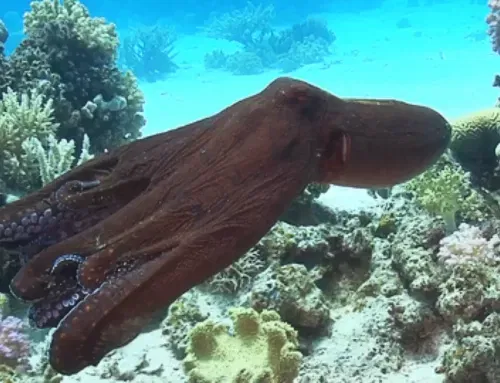
DNA by Jacqueline Piatigorsky. Travertine, 1989
I was overcome with sadness (not even shock anymore) this summer as name after name scrolled down my television screen – identifying the many victims of gun violence – people in their 20s and 30s, children and elders, like Lona and I. Seven years ago, I recall having burst into tears over dinner seeing the faces of the children shot to death at the Sandy Hook Elementary School tragedy in 2012. Seven years ago – seven! – and nothing – nothing! – has been done to curb the senseless violence. On an average day in our country, 310 people are shot, one-third of them fatally, according to the CDC.
I’ve heard expressed that the current wave of violence represents the downfall – decline – of our country, the beginnings of the end, at least as far as our identity is concerned. However, I recently finished reading read Ron Chernow’s extensive (959 pages!) biography Grant, and my reaction is: Wow!
The tragedy of slavery, the civil war and the uprisings during reconstruction are common knowledge. We have slaughtered one another since inception of the United States, as corroborated by the recent article in the recent New York Times Magazine article, 1619.
Who we wished we were has been conflated with whom we’ve been. The gun-slinging “wild west,” the treatment of Native Americans, and the killing raids and lynching of emancipated slaves by individuals and the Ku Klux Klan, so vividly described in Chernow’s book, sadly represent our historic foundations. Some say the killings today differ from the past in being random. Perhaps certain victims are randomly shot and killed, but in general it seems that most of the assassins have targets, much like in the past – people that differ from the killers in race, ethnicity or sexual orientation.. The mass killings we are experiencing today seem like tributaries off the main flow of history. At least we are confronting the problem more openly.
As we work to curb the violence, a new factor came to mind when I read “A Painful Legacy,” an article by Andrew Curry in Science magazine. Considerable evidence indicates that physical stresses (extreme cold or unhealthy diets, for example) can trigger metabolic changes that are inherited by progeny that have not been directly exposed to these traumas. Even more extraordinary and still controversial, some evidence suggests emotional traumas may also cause physical (and behavioral?) changes that are inherited in future generations.
What? Does that mean that emotional trauma of the past affecting behavior can still be buried to some extent within the genes and influence the behavior of future generations? Or, looking to the present influencing the future, could the emotional trauma to children separated from their parents at the southern border today create biological alterations – even genetic changes – that affect the behavior of their children in the future? Once again, the nature versus nurture problem, but still…
Heresy! This sounds like the discredited idea of inheritance of acquired characteristics (Lamarkian inheritance), rather than the accepted rule of inheritance governed by genetic mutations.
Yet, these studies (called epigenetics by scientists) filled with questions are at the front edge of research today. Much remains to be done; nothing has been proven. But looking into the crystal ball of violence in our country, I believe that more than background checks for gun purchases and inspiring speeches are needed to quell the anger and unspeakable killings. But alas, I’m a scientist, not a politician.
Whether or not such epigenetic factors play a role in today’s violence, it behooves us to address the mistakes of past history, as well as the current events, to find solutions to today’s fury and fears leading to the tragic killings. What do you think – could there be a science behind the violence?






Leave A Comment